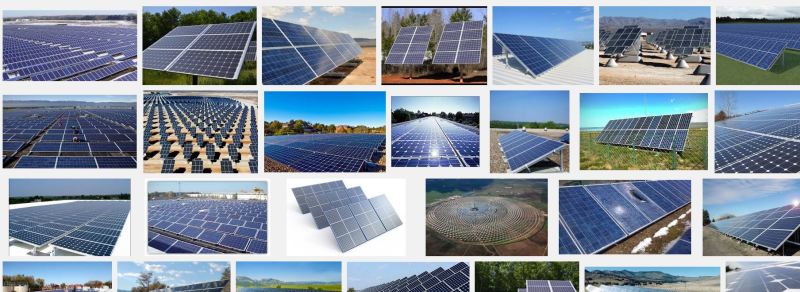Because of the benefits of solar energy, the number of solar farms is increasing; however, their hydrologic impacts have not been studied. The goal of this study was to determine the hydrologic effects of solar farms and examine whether or not storm-water management is needed to control runoff volumes and rates. A model of a solar farm was used to simulate runoff for two conditions: the pre- and postpaneled conditions. Using sensitivity analyses, modeling showed that the solar panels themselves did not have a significant effect on the runoff volumes, peaks, or times to peak. However, if the ground cover under the panels is gravel or bare ground, owing to design decisions or lack of maintenance, the peak discharge may increase significantly with storm-water management needed. In addition, the kinetic energy of the flow that drains from the panels was found to be greater than that of the rainfall, which could cause erosion at the base of the panels. Thus, it is recommended that the grass beneath the panels be well maintained or that a buffer strip be placed after the most downgradient row of panels. This study, along with design recommendations, can be used as a guide for the future design of solar farms.
Read More:

